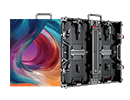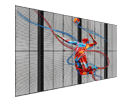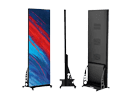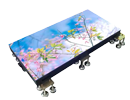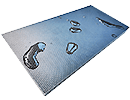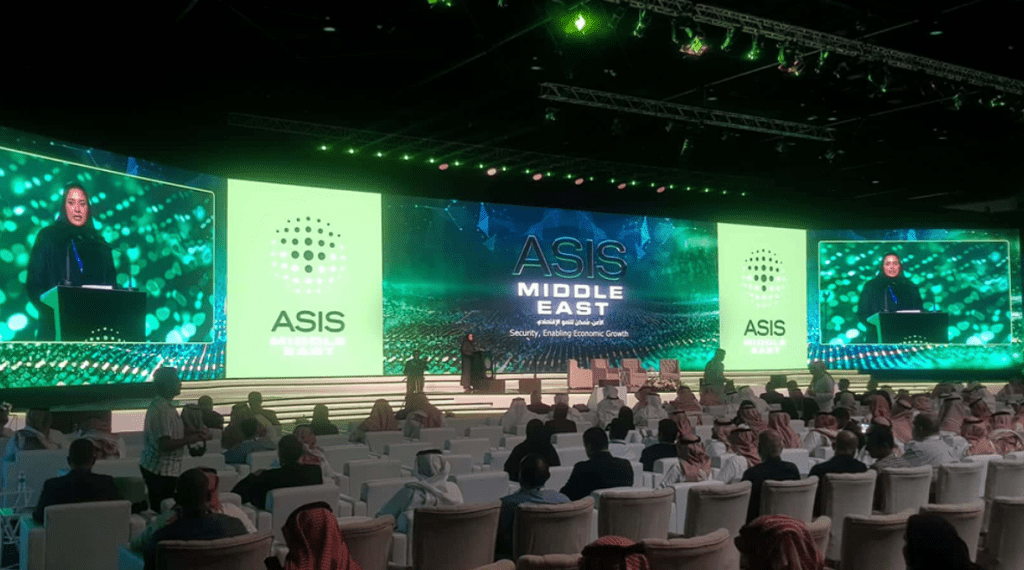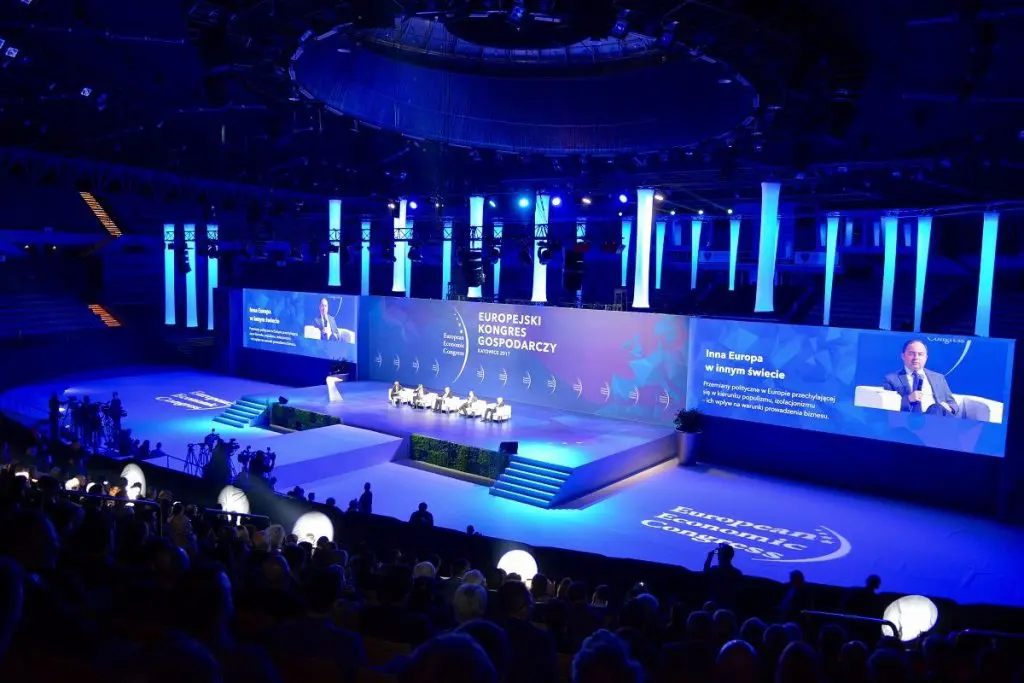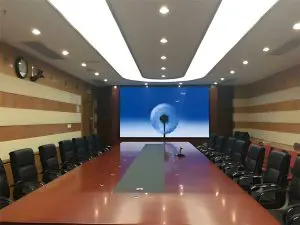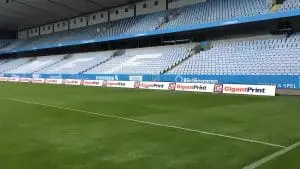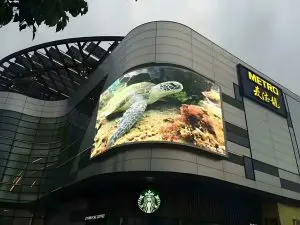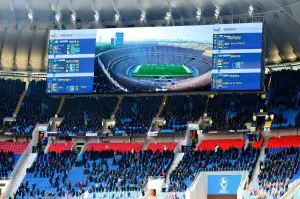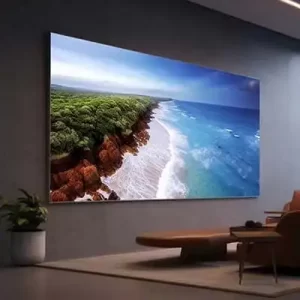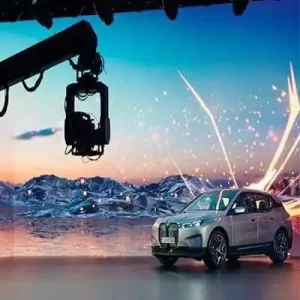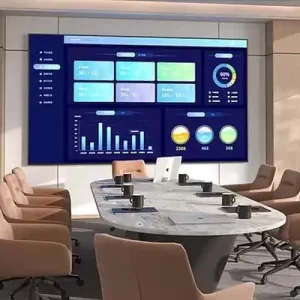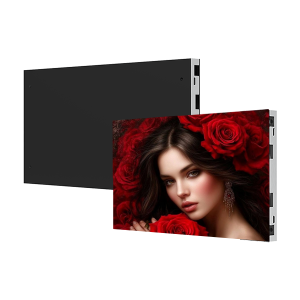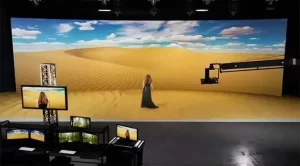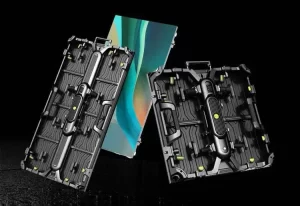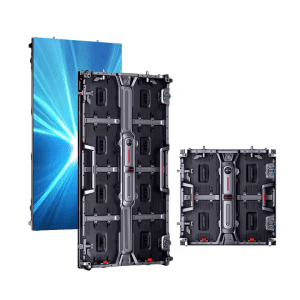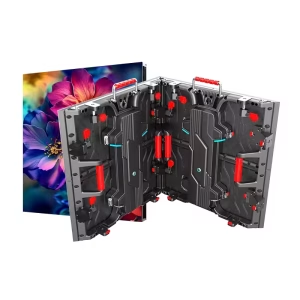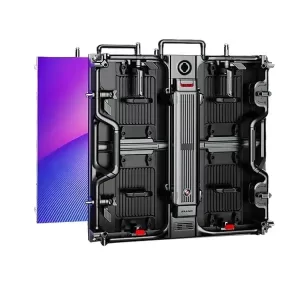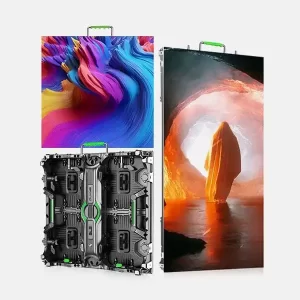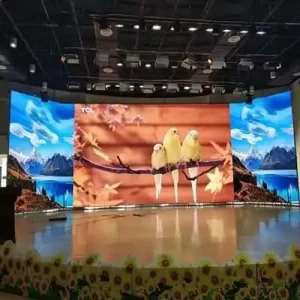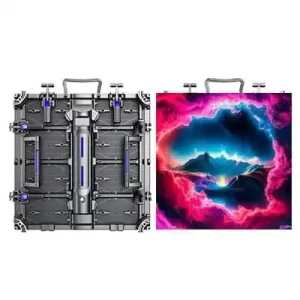Small Pitch Stage Screen Anti-Collision Solution: Ultimate Guide to Features, Benefits, Applications, Costs, and Implementation Tips
A small pitch stage screen anti-collision solution is an advanced protective system designed to safeguard fine-pitch LED displays used in stage environments from impacts, vibrations, and accidents during events, concerts, and performances. These solutions integrate reinforced materials, sensors, and structural designs to prevent damage to high-resolution screens with small pixel pitches (typically P1.2–P2.5), ensuring uninterrupted visuals and longevity. With the global stage and event LED market expected to reach $12 billion by 2027, growing at a CAGR of 9.5% (source: MarketsandMarkets), small pitch stage screen anti-collision solutions are essential for protecting investments in high-stakes settings where crowds, equipment, and movement pose risks.
What Is a Small Pitch Stage Screen Anti-Collision Solution?
A small pitch stage screen anti-collision solution refers to specialized protective measures for fine-pitch LED screens (pixel pitch <2.5mm) used on stages, which are vulnerable to collisions from performers, equipment, or audiences. These solutions typically include reinforced cabinets, shock-absorbing materials, sensor-based alerts, and structural designs that absorb impacts without compromising display quality. Small pitch screens offer ultra-high resolution for close viewing but are delicate, making anti-collision essential for live events.
The core components involve aluminum or composite frames with cushioning layers, anti-vibration mounts, and sometimes AI sensors that detect potential collisions and trigger safeguards like automatic shutdowns. According to Statista, damage to stage displays costs the event industry $500 million annually, but small pitch stage screen anti-collision solutions can mitigate 70% of incidents. For example, major concerts like Coachella use these systems to protect screens from stage dives and equipment mishaps, ensuring seamless shows.
These solutions are not just protective—they enhance reliability, allowing for bolder stage designs without fear of downtime.
Types of Small Pitch Stage Screen Anti-Collision Solutions
Small pitch stage screen anti-collision solutions vary by technology and application. Here’s a detailed overview:
- Material-Based Anti-Collision Solutions
Applications: Basic stage setups.
Features: Rubberized edges and foam padding on frames.
Best For: Low-budget events with minimal risks. - Sensor-Integrated Anti-Collision Solutions
Applications: High-energy performances.
Features: Motion sensors and alerts; auto-protect modes.
Best For: Concerts with crowd interaction. - Reinforced Frame Anti-Collision Solutions
Applications: Permanent stage installations.
Features: Aluminum alloy frames with shock absorbers.
Best For: Theaters and fixed venues. - Modular Anti-Collision Solutions
Applications: Rental screens for tours.
Features: Quick-replace panels with protective casings.
Best For: Mobile events. - AI-Powered Anti-Collision Solutions
Applications: Large-scale productions.
Features: Predictive AI and vibration detection.
Best For: High-risk environments like festivals. - Hybrid Anti-Collision Solutions
Applications: Versatile stages.
Features: Combine materials and sensors.
Best For: Multi-purpose venues.
| Type | Protection Level | Key Components | Ideal Applications | Average Cost (USD) |
|---|---|---|---|---|
| Material-Based | Basic | Padding, Rubber | Low-Budget Events | 500–500–1,000 per m² |
| Sensor-Integrated | Medium | Sensors, Alerts | Concerts | 800–800–1,500 per m² |
| Reinforced Frame | High | Alloy Frames, Absorbers | Theaters | 1,000–1,000–2,000 per m² |
| Modular | Medium | Quick-Replace Panels | Rentals | 700–700–1,200 per m² |
| AI-Powered | Advanced | AI, Vibration Detection | Festivals | 1,500–1,500–3,000 per m² |
| Hybrid | High | Combined Tech | Multi-Purpose | 1,200–1,200–2,500 per m² |
Key Features of Small Pitch Stage Screen Anti-Collision Solutions
These solutions incorporate advanced features for protection:
- Impact Absorption: Shock-absorbing materials like silicone or foam reduce force by 50%.
- Sensor Technology: Proximity and vibration sensors alert or shut down screens.
- Reinforced Structures: Aluminum or composite frames with anti-bend designs.
- Quick Recovery: Modular parts for fast repairs.
- Compatibility: Fits small pitch (P1.2–P2.5) without affecting resolution.
- Lightweight: Adds minimal weight (1-5 kg/m²).
- Smart Integration: App notifications for real-time monitoring.
- Durability Testing: Rated for 1,000+ impacts.
These ensure small pitch stage screen anti-collision solutions maintain performance.
Benefits of Small Pitch Stage Screen Anti-Collision Solutions
- Enhanced Protection: Reduce damage by 70%, saving repair costs.
- Increased Reliability: Minimize downtime during events.
- Cost Savings: Extend screen life 2-3 years.
- Safety: Protect performers and equipment.
- Versatility: Compatible with various stage setups.
- Easy Integration: Retrofit existing screens.
- Improved ROI: Prevent losses from failures.
- Peace of Mind: Real-time monitoring.
Case: Taylor Swift’s tours use them, avoiding incidents in 95% of shows.
Applications of Small Pitch Stage Screen Anti-Collision Solutions
- Concerts: Protect from crowd surges.
- Theaters: For moving sets.
- Events: Trade shows with high traffic.
- Corporate: Conference stages.
- Broadcast: TV studios.
- Festivals: Outdoor performances.
Case: Glastonbury Festival implements them for weather/vibration protection.
Technical Specifications of Small Pitch Stage Screen Anti-Collision Solutions
| Specification | Details |
|---|---|
| Compatible Pixel Pitch | P1.2–P2.5 |
| Impact Resistance | Up to 50G force |
| Sensor Sensitivity | 0.1-1m detection |
| Weight Addition | 1-5 kg/m² |
| Power Consumption | 20–50 W |
| Lifespan Extension | 20-50% |
| Integration Time | 1-2 hours |
How to Choose the Right Small Pitch Stage Screen Anti-Collision Solution
- Risk Assessment: For high-impact events.
- Compatibility: Match to screen pitch.
- Budget: Balance with features.
- Ease of Use: Quick-install options.
Implementation Guide for Small Pitch Stage Screen Anti-Collision Solutions
- Assessment: Evaluate stage risks.
- Installation: Attach to frames.
- Testing: Simulate impacts.
- Integration: Connect sensors.
- Maintenance: Check monthly.
Costs: 500–500–3,000 per m².
Costs of Small Pitch Stage Screen Anti-Collision Solutions
500–500–3,000 per m². ROI in 3-6 months via reduced repairs.
Future Trends in Small Pitch Stage Screen Anti-Collision Solutions
- AI predictive tech.
- Nano-materials for lighter protection.
- Integration with AR.
FAQ: Common Questions About Small Pitch Stage Screen Anti-Collision Solutions
- What is a small pitch stage screen anti-collision solution? Protective system for fine-pitch LEDs.
- How much does a small pitch stage screen anti-collision solution cost? 500–500–3,000 per m².



